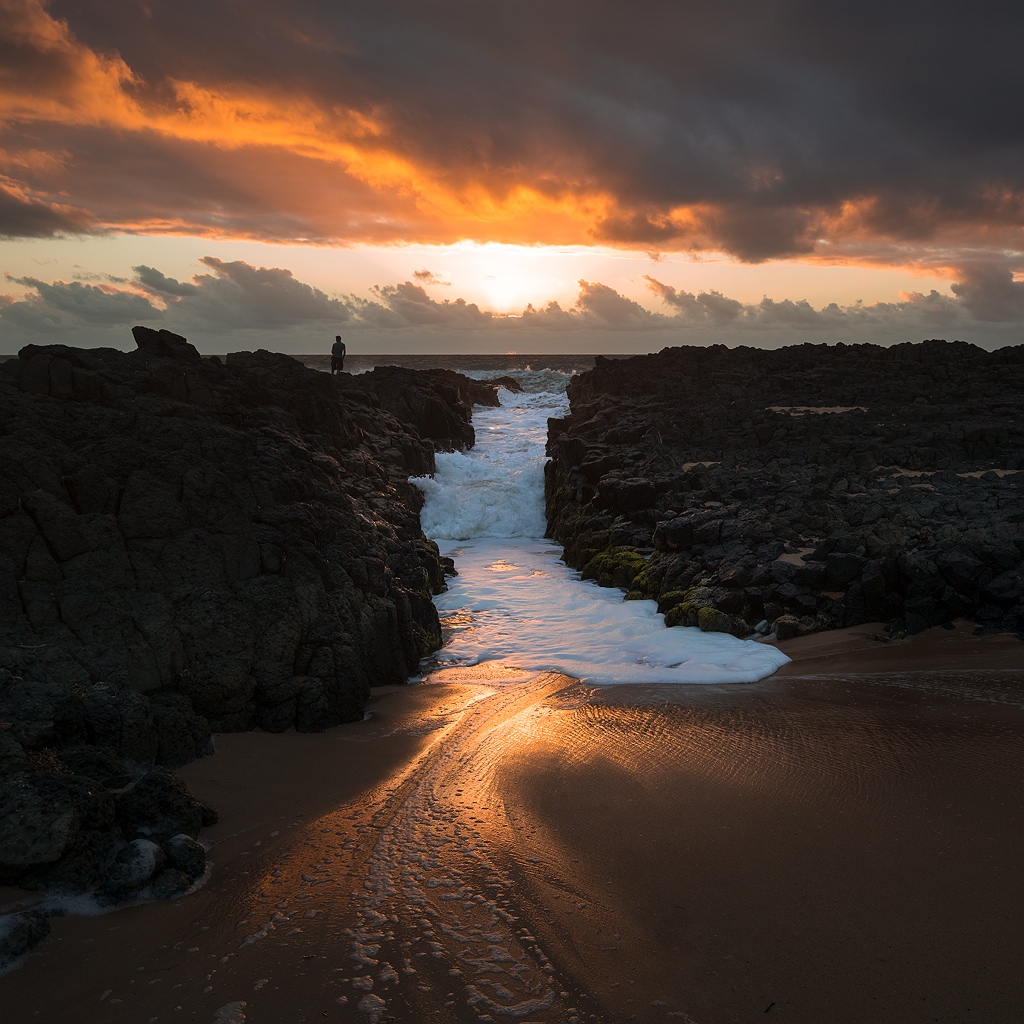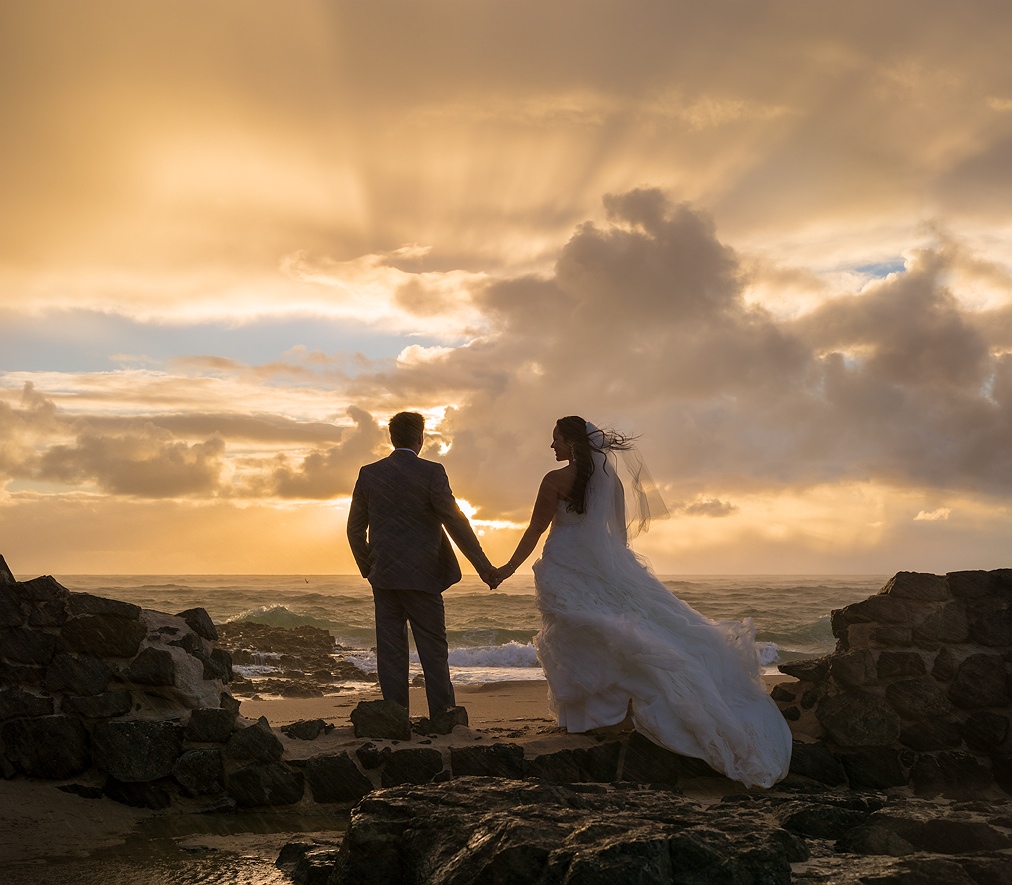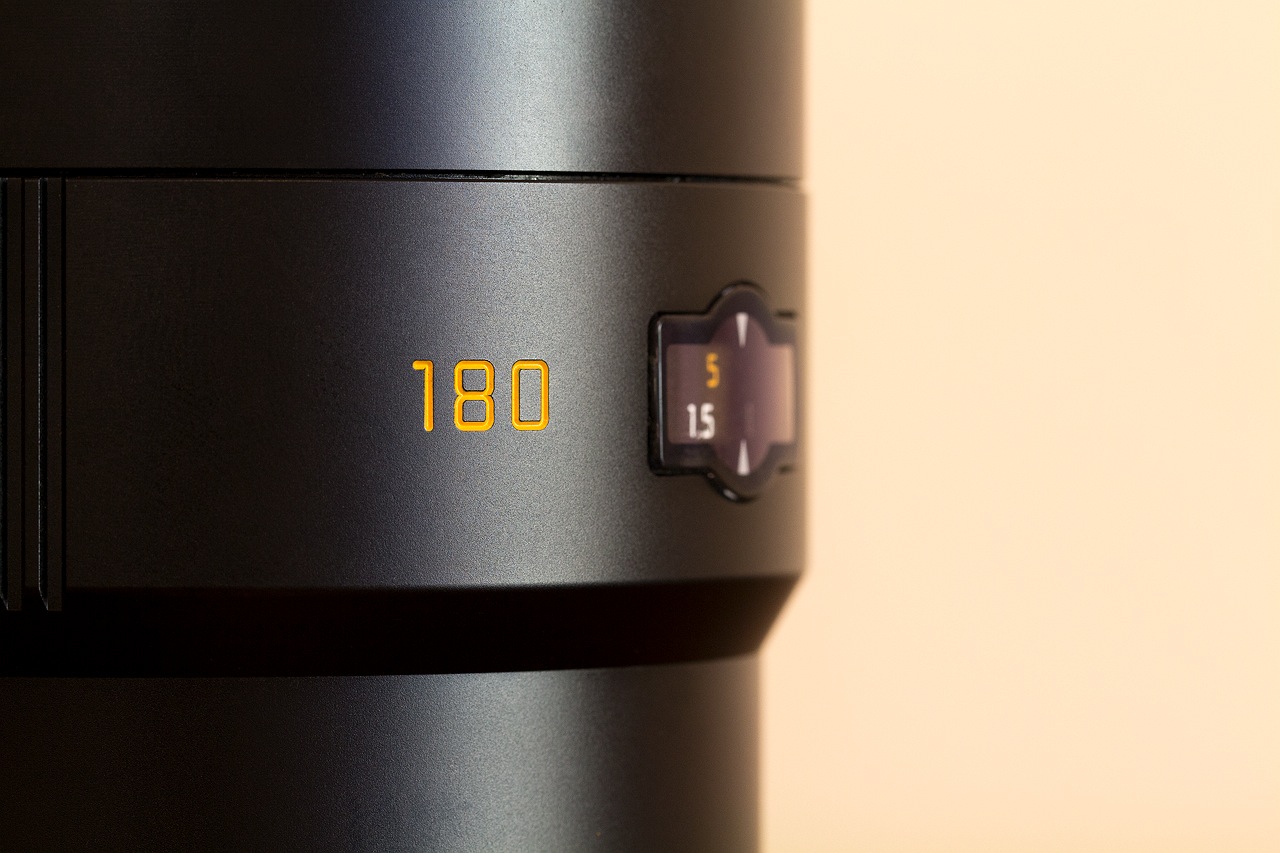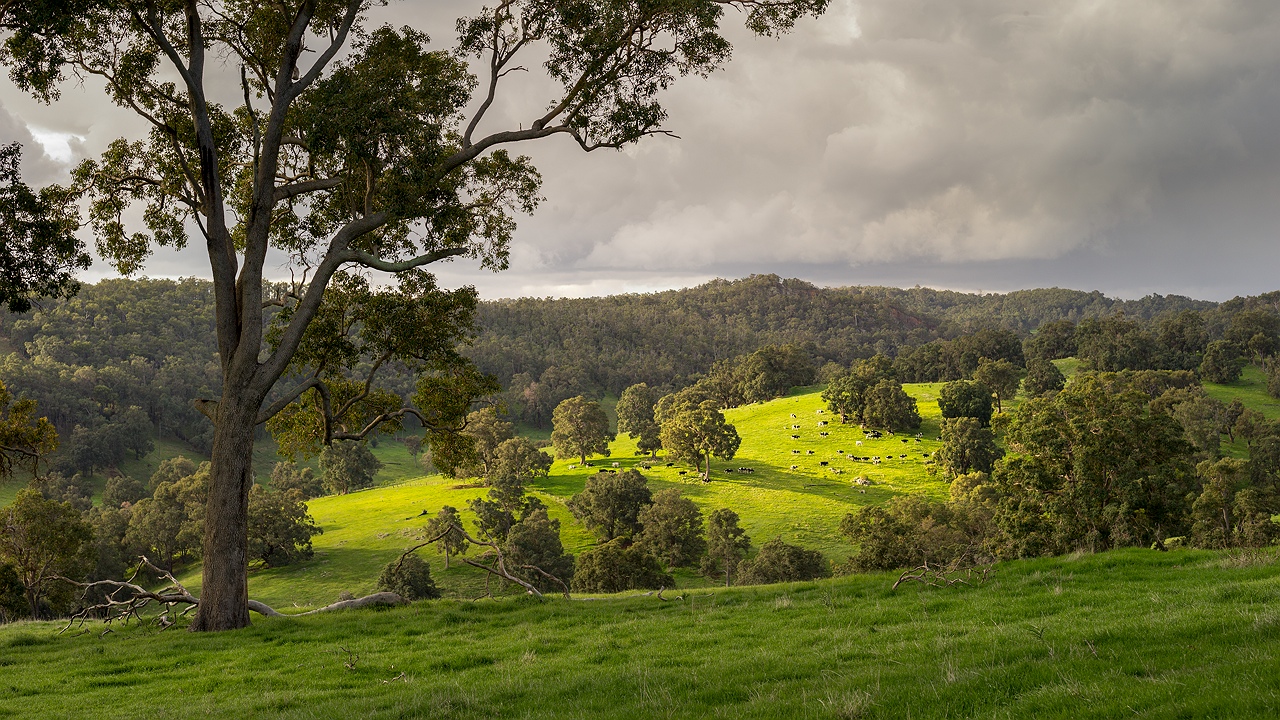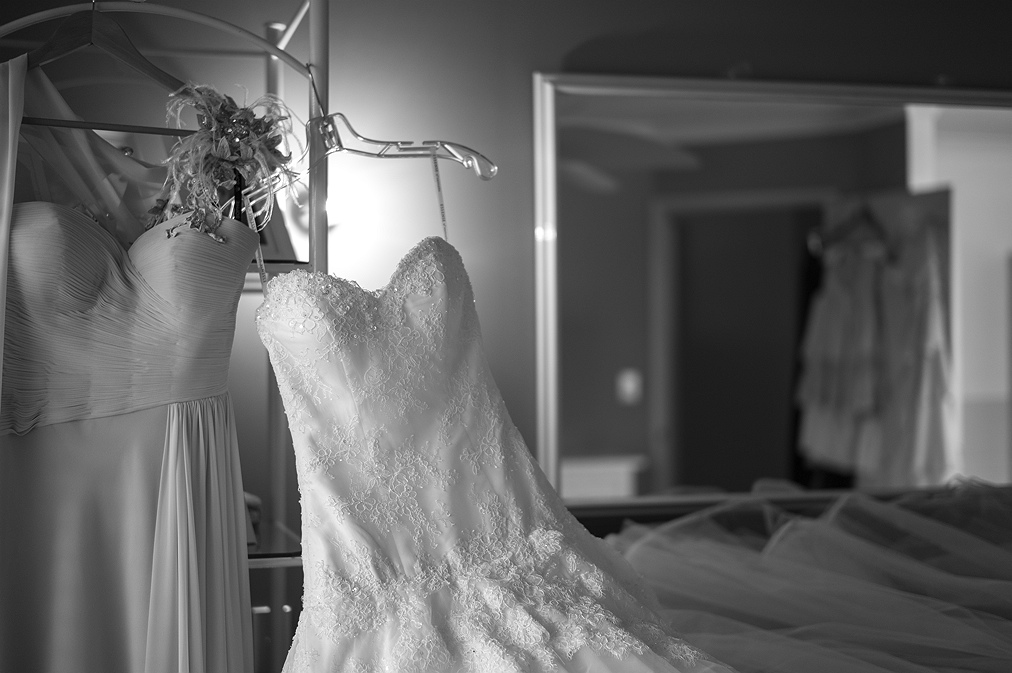Just a few short weeks ago Roger Cicala of the US based camera hire company “Lens Rentals” started a photography competition which had nothing to do with art. It was a celebration and a challenge of the geekiest side of photographers. Roger is known around the world as one of the geekiest in the photography profession for his extremely unnecessarily detailed reviews on lenses.
When he announced the first Photo Geek awards this year, we were excited to enter. We have never been ashamed of our geekiness, we believe that proficiency in all aspects of photography is required in order to excel at making art. The technical and scientific side of cameras is just as important as knowing how to predict what a group of people are about to do. It is a bit like a footballer understanding wind direction.
The contest attracted an enormous amount of attention around the web, thanks in part to the judges being from some of the largest and geekiest photography related websites on Earth. It also made it daunting to enter, this was going up against the best.
Out of the 30,000 photographers who visited the contests web page, only 400 of us entered. I am quite happy just to be among them. What was very exciting was when Sean from PRA Imaging in Perth rang me to congratulate me on coming the runner up in one of the categories. I hadn’t even realised yet.
I entered the dynamic range contest. In photography, dynamic range is the measure of how well a camera can record detail in both the darkest areas and the lightest areas of an image. Our human eyes are actually remarkable at this, but it is not so easy for a camera. We use no less than 6 different types of cameras to photograph a wedding, all of them allowing us to do something very specific. We bought a medium format camera for achieving this level of perfection, and I copped my share of criticism from other photographers but it seems to be paying off, second place is pretty good. Which is great because we spent nearly $40,000 on it.
The image above is the entry I made into the competition. It was taken at Back Beach in Bunbury and shows the sun set sky reflecting off water rushing through black volcanic rocks in the foreground. It is difficult enough to photograph a bright sky and a silhouetted foreground in one exposure, but when the foreground is deep black volcanic rock, it becomes an even greater challenge.
We bought the Leica S2 camera to take photographs like this. It uses a larger than full frame sensor and records the image in 16-bit colour. This allows us to manipulate the image in ways that aren’t possible with a normal camera, without destroying the image. We use this camera for our wedding photography to capture scenes that would be impossible with conventional digital cameras.
Such as this…
The greatest part of using a camera like this is just how natural the photograph ends up looking. It does not have the appearance of being covered in tacky photoshop effects that will go out of fashion. It’s true, honest, photography.
We don’t use this camera for every shot we take, we take the advantages of other cameras and put them to use where we need them. For example, one of our newest cameras is the Fujifilm x100s, which features a leaf shutter and a very small form factor for taking photographs silently and discreetly whilst amongst a crowd. The bigger brother of the x100s, the x-e2, we use for photographing in the darkest part of the night with an extremely excellent detail to noise ratio. This is our philosophy on wedding photography. We don’t take the easy path, we go after the quality regardless of the cost in both effort and expense.
If you want to have a look into the Leica S system, pay the guys at PRA Imaging a visit.

